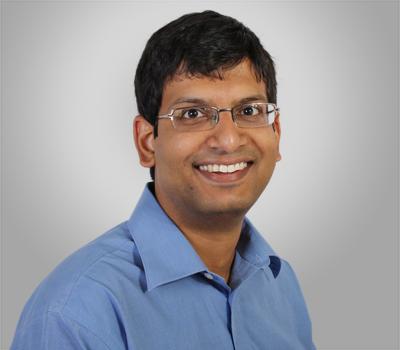RF, microwave and optoelectronics deals with circuits, devices and systems operating at high frequencies. RF/Microwave components are a key part of both wireless and wireline communication and radar systems. Knowledge of high-frequency circuit/device design is critical for applications such as cellular phones, WLAN, high-speed Ethernet and collision-avoidance radar. Optoelectronics is the study and design of electronic devices that interact with light. Examples of such devices include the semiconductor lasers used in CD players and fiber optic communications, lasers used in medicine and micromachining, and the image sensors found in digital cameras. Students in this focus area will learn the basics of semiconductor electronic devices as well as optics, lasers, guided-wave optics, and active/passive high-frequency integrated circuit design. Oregon State faculty work with graduate and undergraduate students to perform advanced research in this area.
Career opportunities include circuit design companies making cellular/WLAN chipsets, large consumer electronics companies (DVD players, digital cameras, digital projects, displays, etc.), telecom fiber companies, and many small companies specializing in optical devices and wireless systems for diverse applications in civilian and military technology.
Potential Job Opportunities
RFIC designer: design high-frequency circuits in integrated technologies.
Microwave design engineer: work on components such as antennas, couplers, amplifiers for civilian and military applications.
Test engineer: testing high-frequency components and ensuring that products meet federal and industry standards.
Photonics engineer: create and improve systems that utilize lasers, optics, fiber optics and imaging devices.
Optical systems designer: develop systems that use various optical components such as lenses, microscopes, telescopes, fiber optic cabling and optical disks.
Optical communications engineer: develop systems focused on fiber optic communication.
Potential Employers
- Analog Devices
- Boeing
- Broadcom
- Coherent Molectron
- Datalogic Scanning
- Deep Photonics
- Electro-Scientific Industries (ESI)
- Flextronics
- FLIR
- Global Foundries
- Hewlett-Packard Inc.
- ILX Lightwave
- In-Focus
- Intel
- Marvell Semiconductors
- Maxim Integrated
- NLight Photonics
- Northrop Grumman
- On Semiconductor
- PMC Sierra
- Qorvo
- Qualcomm
- Raytheon
- Sandia National Lab
- Silicon Labs
- Skyworks
- SpaceX
- Spectra Physics
- Tektronix
Courses
Core
- PH 314 (Intro to Modern Physics)
- ECE 390 (Electric and Magnetic Fields)
- ECE 391 (Transmission Lines)
- ECE 416 (Electronic Materials and Devices)
- ECE 482 (Optical Electronic Systems)
- ECE 483 (Guided Wave Optics)
- ECE 484 Antennas and Propagation
- ECE 485 Microwave Design Techniques
Electives
- ECE 411 (Engineering Magnetics)
- ECE 413 (Sensors)
- ECE 417 (Basic Semiconductor Devices)
- ECE 418 (Semiconductor Processing)
- ECE 422 and 423 (CMOS Integrated Circuits I & II)
- ECE 461 & 462 (Communications)
- ECE 463 (Wireless Communication Network)
- ECE 464 (Digital Signal Processing)
- CH 411 (Inorganic Chemistry – requires CH 202 & 205)
- PH 481 (Physical Optics)
- ChE 444 (Thin Film Materials Processing)
Faculty

